Sicily was inhabited primarily by Christians under Arab control at the time of its conquest by the Normans.
It
had originally been under the rule of the Aghlabids and then the
Fatimids, but in 948 the Kalbids wrested control of the island and held
it until 1053. During the 1010s and 1020s, a series of succession crises
paved the way for interference by the Zirids of Ifriqiya. Sicily was
racked by turmoil as petty fiefdoms battled each other for supremacy.
Into
this, the Normans under Robert Guiscard and his younger brother Roger
Bosso came intending to conquer. The pope had conferred on Robert the
title of "Duke of Sicily", encouraging him to seize Sicily from the
Saracens.
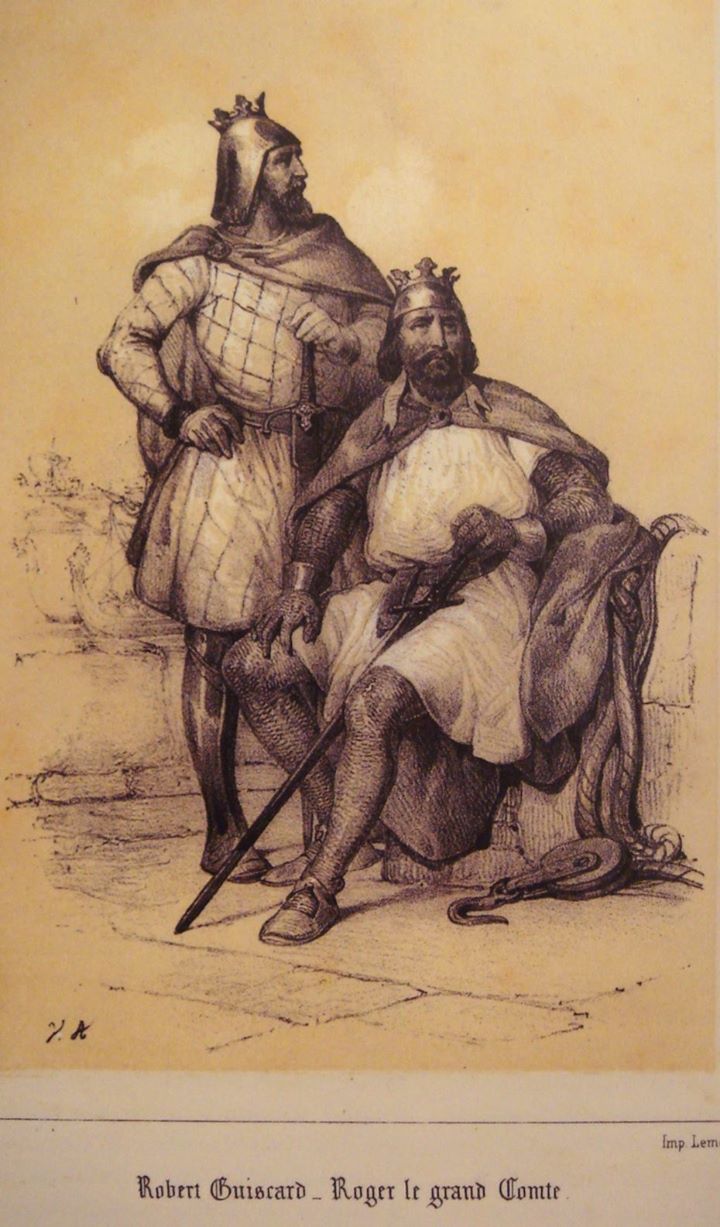
Norman Knights - Robert Guiscard & Roger Basso
Arriving in Italy around 1056, the future Count Roger was born in Normandy around 1031 to Fredisenda, second wife of Tancred Hauteville. Roger wed (firstly) in 1061 the valiant Norman lady Judith of Evreux, who eventually bore four daughters but no surviving sons.
Robert
and Roger first invaded Sicily in May 1061, crossing from Reggio di
Calabria and besieging Messina for control of the strategically vital
Strait of Messina. Roger crossed the strait first, landing unseen
overnight and surprising the Saracen army in the morning. When Robert's
troops landed later that day, they found themselves unopposed and
Messina abandoned. Robert immediately fortified the city and allied
himself with the emir, Ibn at-Timnah, against his rival Ibn al-Hawas.
Robert, Roger, and at-Timnah then marched into the center of the island by way of Rometta, which had remained loyal to at-Timnah. They passed through Frazzanò and the Pianura di Maniace (Plain of Maniakes), encountering resistance to their assault of Centuripe. Paternò fell quickly, and Robert brought his army to Castrogiovanni (modern Enna, the strongest fortress in central Sicily).
Although
the garrison was defeated the citadel did not fall, and with winter
approaching Robert returned to Apulia. Before leaving, he built a
fortress at San Marco d'Alunzio (the first Norman castle in Sicily).

San Marco d'Alunzio
Historically,
Sicily was cooler and wetter than it is today. During the harsh winter
of 1062-1063 Roger Hauteville's invading Normans --including his wife
Judith-- had to endure several feet of snow at Troina, in the Nebrodi
Mountains of north-eastern Sicily, during what was the earliest Sicilian
winter then on record. The snow began to fall in late October. This was
especially uncomfortable as they were unprepared for the cold, and then
they were forced into an isolated part of the town citadel by angry
Byzantines and Arabs.
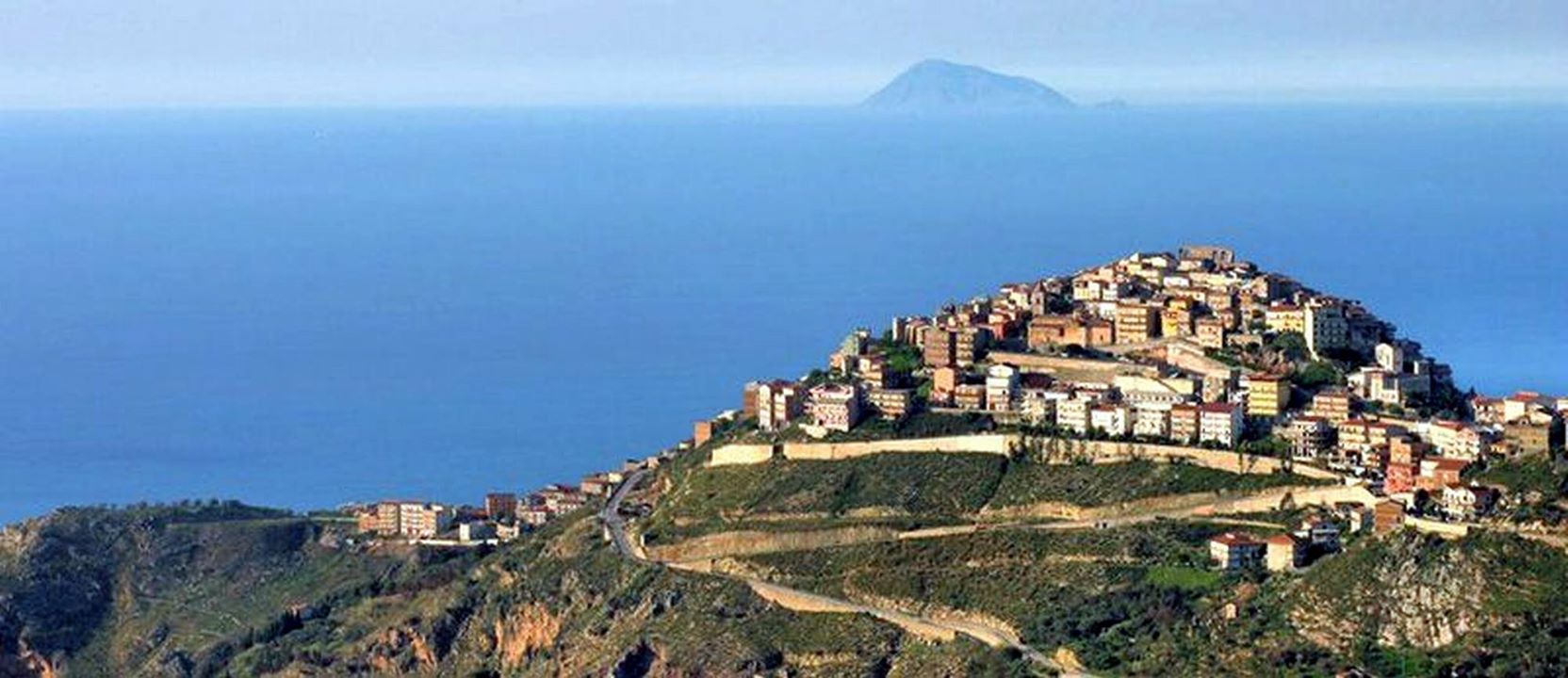
San Marco d'Alunzio
During
the winter of 1062 at Troina, the townspeople who had once welcomed the
Normans as liberators, revolted against them and besieged Roger’s wife
(Judith d’Evreux). Roger arrived just in time before the garrison was
overwhelmed, but then found himself besieged by the town’s Muslim and
Byzantine population. The siege lasted all winter.
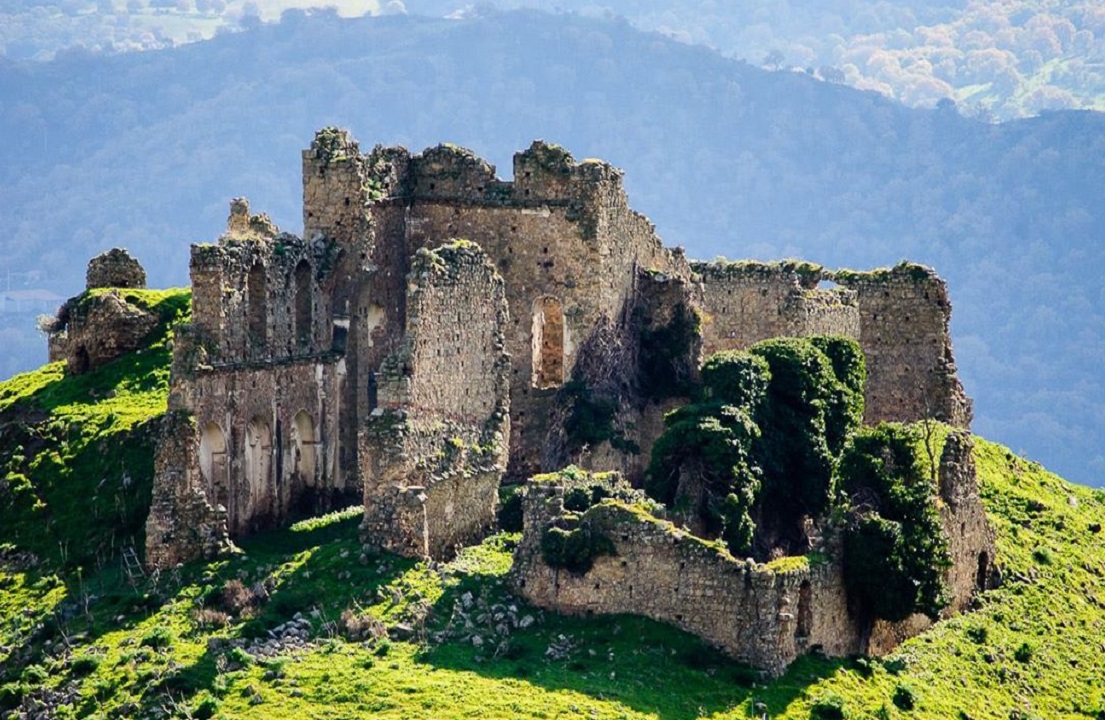
Norman citadel at Troina, Sicily
Judith,
daughter of a first cousin of England's William "the Conqueror," found
herself under siege upon the snowy hilltop of Troina, in the Nebrodi
Mountains. That was not everybody's idea of a honeymoon. (Sadly, much of
this town and its fortress was destroyed centuries later during a later
battle between Americans and Germans in 1943).
True, the Normans were a hardy lot, recently descended from Vikings, but the attack took them by surprise. They even had to eat some of their horses for food. Eventually they retreated to the depths of the citadel, surrounded and losing hope.
The Norman conquest of Sicily reached it lowest point....
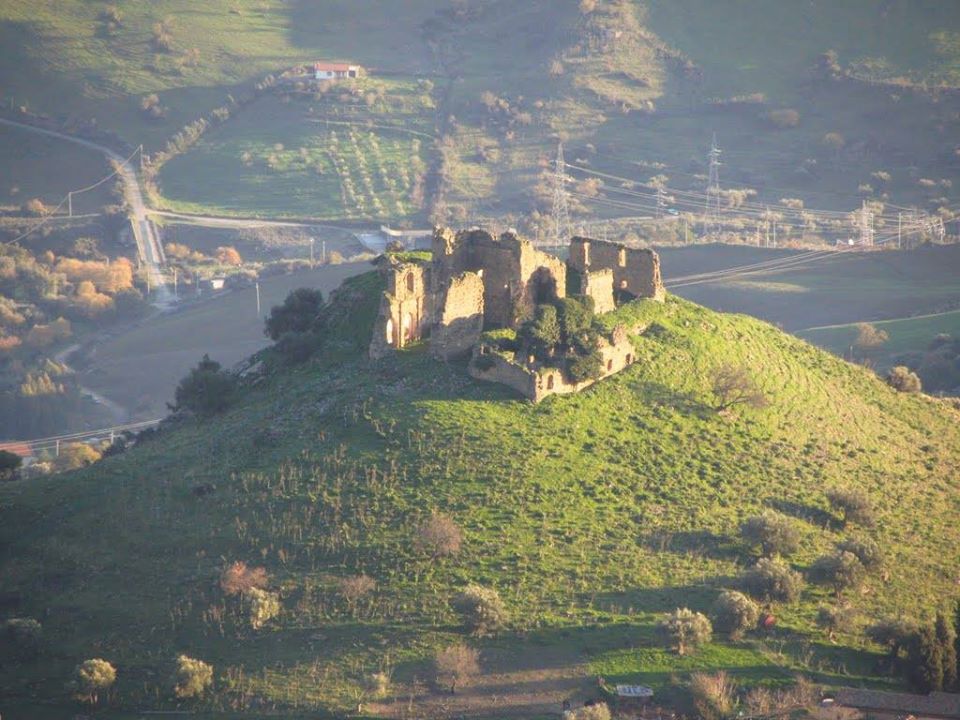
Troina Sicily
Judith
of Evreux, the first wife of Roger the Great Count, was apparently
observant even while freezing and starving during the siege of Troina
during the winter of 1062-63. She noticed that large amounts of wine
were being supplied to the insurgents surrounding the Normans. The enemy
warded off the cold with alcohol, and were predictably defeated when a
sortie of Roger’s very sober troops caught them literally napping.
Henceforward, Judith personally commanded the defense of Troina, and the
city was a reliable base for Roger during the long conquest of Sicily.
With matters arranged to his satisfaction, and the city of Troina now securely under his control, the count left his wife and troops there, and set off for Calabria and Apulia to secure replacements for the horses which they had lost. Although she was still a very young woman, his wife took charge of the castrum with great energy and care, going round it daily to see what needed to be done and ensuring that they remained on their guard. She encouraged the others whom her lord had left behind when he went away, and to ensure that they served her properly she spoke kindly to them, promising them many rewards when her lord returned. But she reminded them not to act carelessly now that the danger was over, in case something similar happened again.
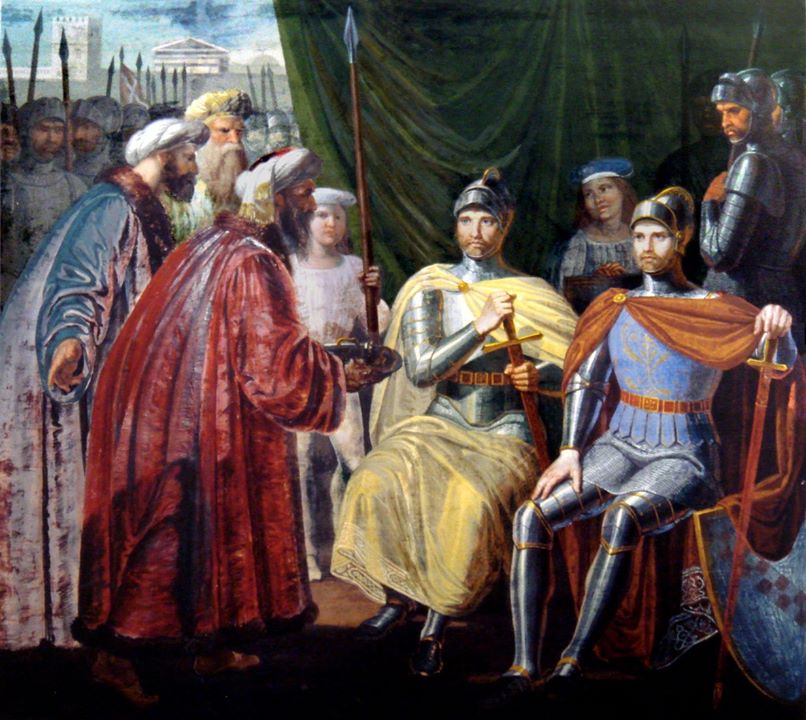
Count Roger receiving the keys to the city of Palermo
The
Norman conquest of Sicily was considered completed in 1069 when the
Normans defeated the last Muslim resistance, in the remote mountains of
the Madonie, near Petralia Soprana, called Piano Battaglia (Battle
Plain).
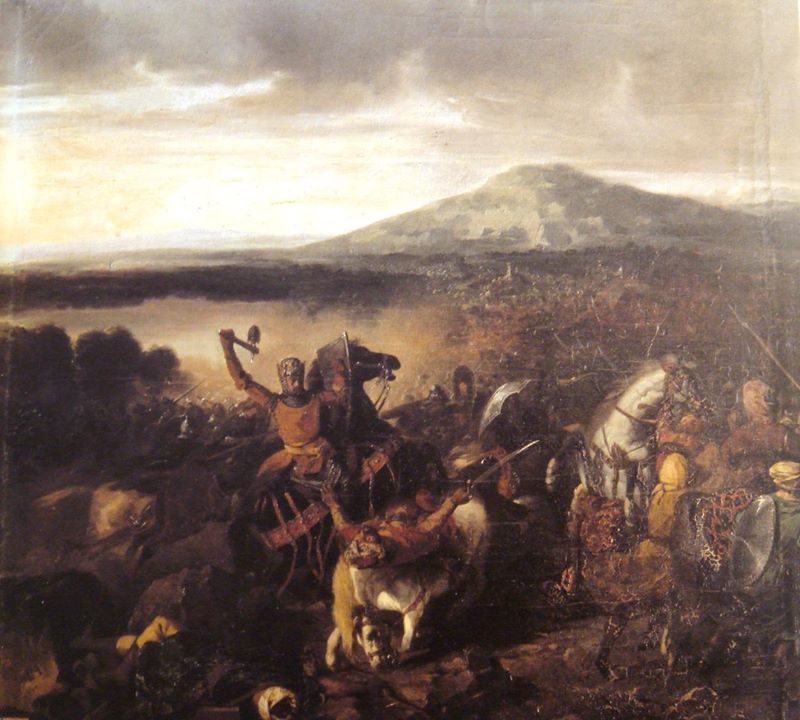
Count Roger I defeats the Saracens at the battle of Cerami in 1061
